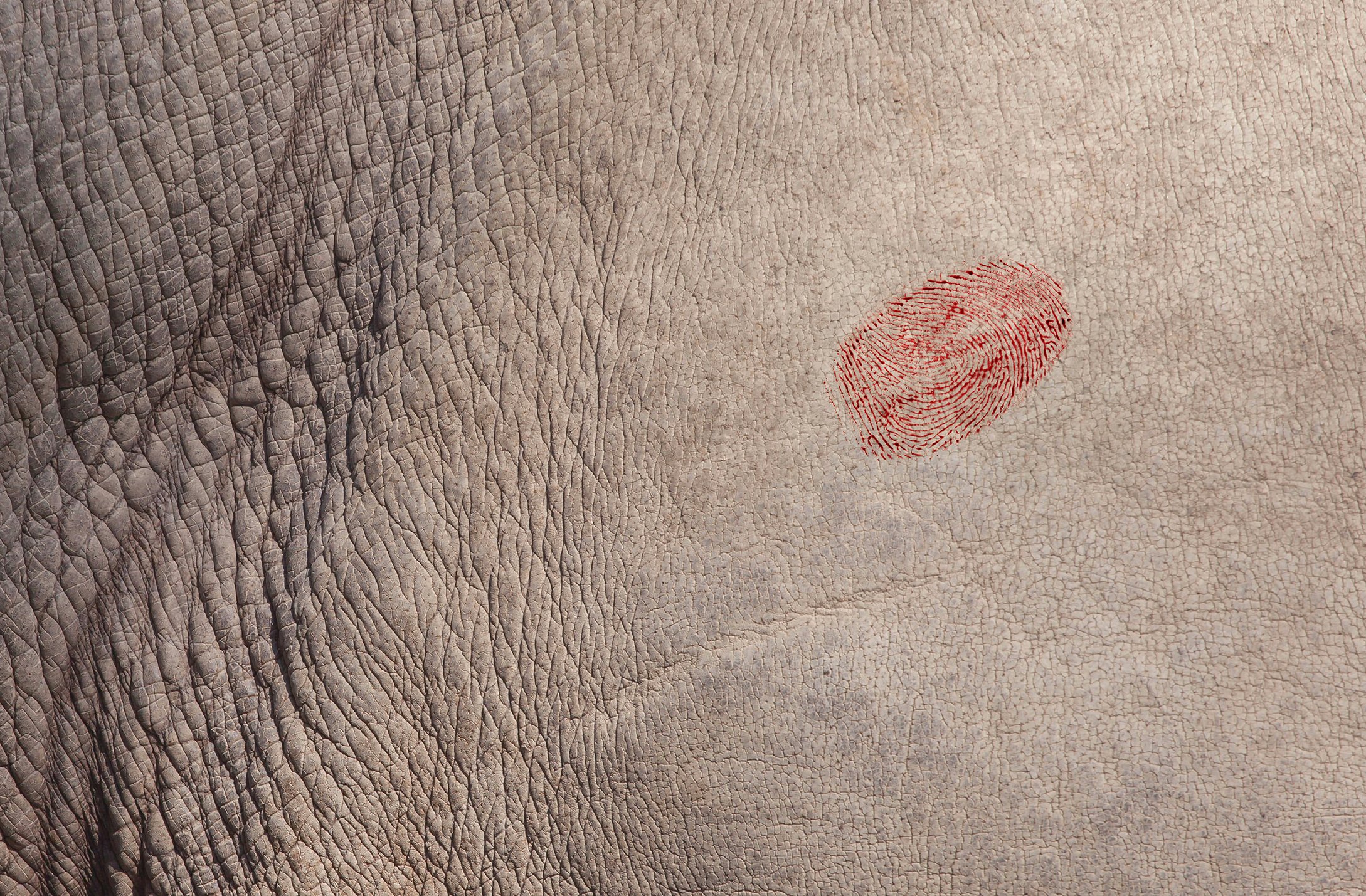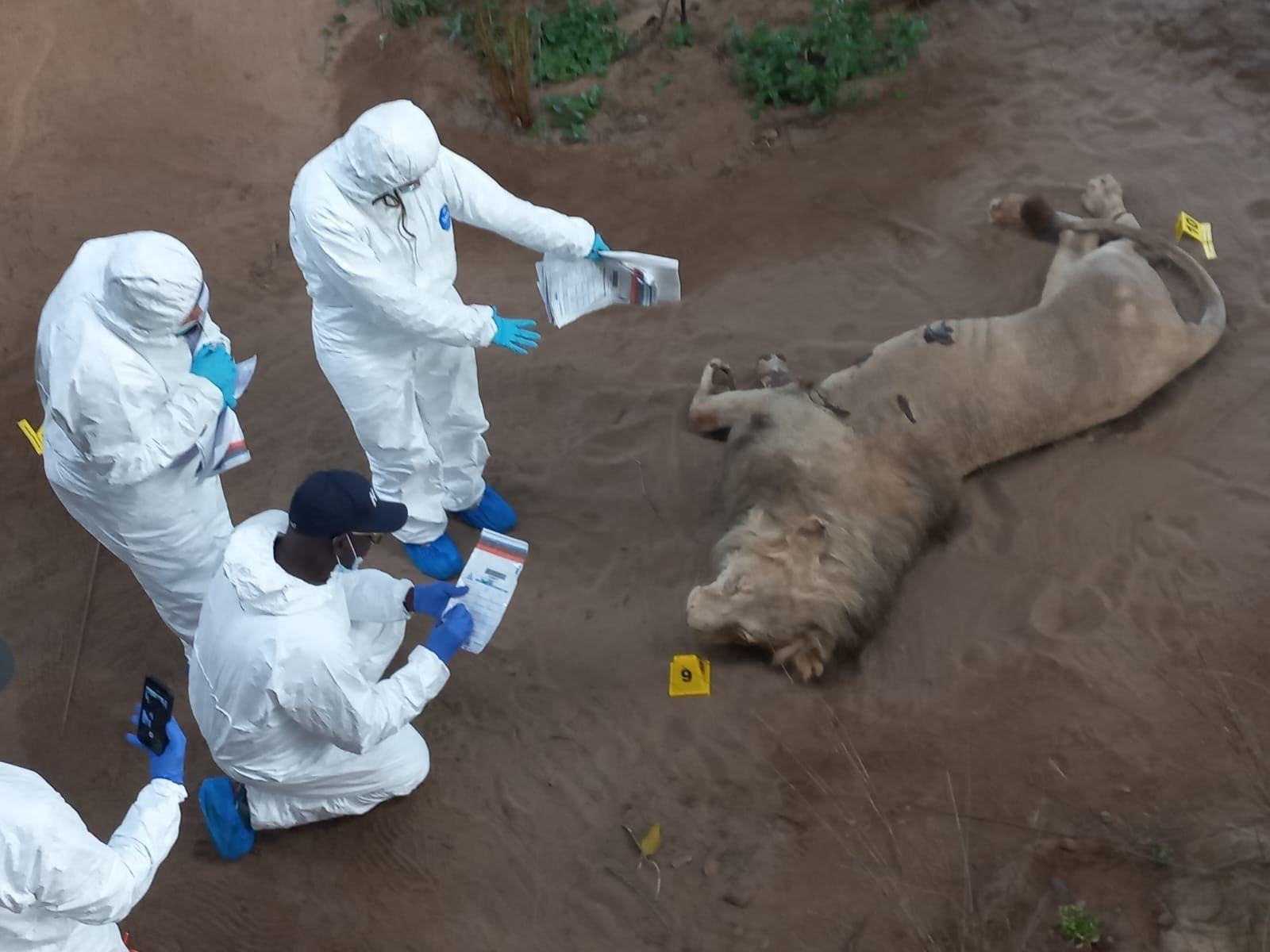The Complexities of Wildlife Crime: Q&A about Crime Convergence
1. What is crime convergence?
Crime convergence refers to the intersection where various criminal activities share points of contact, whether geographical (for instance the same truck being used for drugs and cattle trafficking) or human (the same retailer, driver, trawler, lawyer, banker, ranger, customs officer, etc.). Said differently, “criminal markets converge when organized criminal groups operate across multiple illicit businesses or purchase illicit goods and services from other criminal groups, or from the same corrupt facilitators [...]. This can be to increase profits, diversify risks, reduce operational costs, respond to shifts in supply, demand, or law enforcement.” (Nelson, 2023).
If criminal dynamics evolved and are still evolving over time, the same applies to the technical and technological capacities of banditry networks. GPS, trackers, radios, and infrared lamps, are now critical elements of their arsenal (INTERPOL, 2015). They can follow up and control their activities with higher efficiency, allowing them to be even more spread, versatile, and flexible.
From the perspective of those investigating a criminal case, approaching crime convergence has its pros and cons. The good side is that revealing and resolving one case can bring many other criminal activities under the spotlight. The bad side is that transnational organised crime has turned into a multi-headed beast: if one head is cut, the remaining body can still move until it grows back.
2. What does it imply for wildlife crime?
Wildlife crime is no exception to this convergence phenomenon. Illegal, unreported and unregulated (IUU) fishing is a good example. Per se, fisheries crime encompasses a vast range of illegal activities such as deliberate surveillance avoidance, transshipment, or abuses in vessel registries and/or licensing (INTERPOL, 2014). In addition, they most of the time also involve other criminal activities, such as food hygiene control fraud, drug trafficking, human smuggling, maritime piracy, and even illegal timber trade.
Over the last few decades, Western Africa has increasingly become a new hub for drug trafficking between Latin America and Europe. Because of its in-between geographical position and low police surveillance, Western African coasts turned into an advantageous transshipment point, especially for cocaine. According to UNODC estimates, 27% of the cocaine consumed annually in Europe is likely to transit through West Africa. This business alone is expected to be worth $1,8 billion a year, which is more than half of the Liberian GDP in 2021 (The World Bank). Correlations between unstable governments and negligible risks of detection make the transshipments in the Gulf of Guinea very likely to be carried out with total impunity. Consecutive seizures in Ghana showed that criminals cover drugs among fish products, to finally take advantage of the fish distribution and retail networks at the end market to distribute their goods (de Coning, 2011).
In the same area, some IUU activities are also attested points of human trafficking. On Lake Volta, thousands of children are enslaved, working 12 hours a day and seven days a week in hazardous conditions. Ten years old on average, some no older than five have been seen on board, “recruited” to dive for several minutes hunting with spears any fish eventually stuck in the nets. Reports show that 79% of these children are being sold by their relatives, and 87% of them are likely to be abused (sleep deprivation, fishing-related injuries, drowning, malnutrition, sexual assaults, and child labour) (Wambolt, 2021). Since they work without interruption, children have no chances to access education, and the overall situation of poverty and human rights abuse is a never-ending traumatising circle, with no tangible escape.
3. How is wildlife crime investigated, especially in comparison to other types of criminal investigations?
As opposed to other crimes such as drug, arms or human trafficking, wildlife smuggling is often not approached as a severe, serious crime. Besides, wildlife smuggling and trafficking are considered criminal activities only very recently. Since 1975, the Convention on International Trade of Endangered Species in wild fauna and flora (CITES) has been standardising the conditions of commercial trades in wild animals (alive and derived products). Worth 184 Parties today, such a number has been reached gradually: Uganda ratified in 1991, Iceland in 2000, and the UE integrated into its framework in 1996 .
In comparison to other international conventions - 1975 is quite late. The first treaty on narcotics, the International Opium Convention, was signed in 1912, and speaking about human trafficking, the Convention for the Suppression of the Traffic in Persons and of the Exploitation of the Prostitution of Others was issued by the UN in 1949, while the earliest document on the topic dates back to 1804.
Furthermore, the CITES does not hold a consensus. It is split into 3 “Appendixes”, based on biological criteria (i.e. species reproduction rate, rate of deterioration of natural habitat): Appendix I contains species banned from trade, Appendix II - species with restrictions, and Appendix III - species holding trade restrictions locally. For example, in 2010, the US pleaded to elevate the polar bear from Appendix II to I. This was mostly motivated by political purposes because there was no new empirical biological evidence in support of this request. It led - and still leads - to intense discussions with indigenous communities, especially in the Nunavut, Canada, home to 60% of the world's polar bear population (WWF UK, 2023). In this particular case, it led to undesired side effects: Nunavut populations have been hunting polar bears for their survival for hundreds of years - for meat, fur or to protect their homes -, without causing any unsustainable decline in polar bears. Even when indigenous people started hunting tourism business, strict quotas were allocated by the Canadian government, to prevent any significant attempt on the species population (Weber, 2015). These vigorous debates over including the polar bear in specific CITES Appendices led to undesired conservation outcomes: reduced tolerance for dangerous fauna and a significant decline of local participation in shared management initiatives - that is to say, a favoured ground for wildlife crime.
As it is being discussed, wildlife trade - legal and illegal - is becoming more visible than ever. But the attention it raises, including funding and general public awareness, remains relatively marginal. And because of a lack of consensus and remaining loopholes, wildlife crimes are often perpetuated with lesser parsimony than drug, human or arms trafficking. Consequently, locating and deterring a wildlife crime event can be easier than for other crimes. One stone two birds: it could also help locate and deter other related criminal activities. Take the Operation “Ivory Stops at Ivory Coast” co-led by the EAGLE network and Ivory Coast police in 2018. While they thought of unravelling a forefront ivory smuggling network between the Ivory Coast and Vietnam, the evidence they collected revealed that the same prosecutors were engaged in human trafficking, particularly of women (Vignoli, 2023).
Yet this case reveals something else about the way wildlife crime is investigated in the context of other crimes - when some human trafficking component has been integrated into the case, other police task forces have been directly deployed. Competition (rather than cooperation) quickly arose between governmental and nongovernmental structures. Mistrust, misunderstanding, deliberate or not, the case slowed down quickly.
Because of this recurring competitive scheme, policies can be ill-applied or enforced, and the blurriness of the situation is an extensive trigger to corruption. Besides, rangers (from associated Ministries of Natural Resources) often compete with police officers (from associated Ministries of Interior) for funding and material allocation. Thus, even if wildlife crime is likely to be more visible than some other serious forms of criminal activities, the potential capacities for intervention are insufficient. Rangers often rely on their own means to tackle armed-to-the-teeth criminals. Worse, lacking capacities, rangers might sometimes turn themselves into forefront wildlife criminals (Nury, 2023).
4. How could WFF tackle this problem?
The Wildlife Forensic Fund (WFF) aims to address organized banditry and crime convergence challenges, focusing on their wildlife aspect. It includes forensics capacity building, through education and lab science. With the Wildlife Forensic Academy based in Cape Town, rangers can apply to dedicated forensics courses, enabling them to detect, and safeguard criminal evidence in the field, and further present it to a court. Aside, WFF is in the process of establishing a laboratory specifically dedicated to wildlife and wildlife crimes, to ensure training in advanced forensic research techniques for universities worldwide. The cross-disciplinary commitment of WFF, playing on both forensics education and laboratory capacity building, allows it to attract groundbreaking projects for wildlife crime detection.
For example, the Rhisotope project, launched in January 2021 by the University of Witwatersrand, focuses on the smuggling of rhino-related items. The idea is to develop an easily applicable and affordable horn marker using small amounts of radioisotopes. Veterinarians administer this marker into the horns of living rhinos without side effects or pain.
With over 10.000 radiation portal monitors (RPMs) around the world, particularly at borders and transport facilities (airports, harbours, train stations, tollgates), the detection of a rhino horn or its residues by any of these RPMs could enable holding smugglers accountable for their illegal activities and trace back the origin of the poached rhino. Upon successful implementation, the Rhisotope Project aspires to extend its application to combat elephant tusk smuggling using the same forensic technology.
Visit our projects page to learn more about our impactful work and become a contributor to WFF’s cause by supporting the project of your choice.


